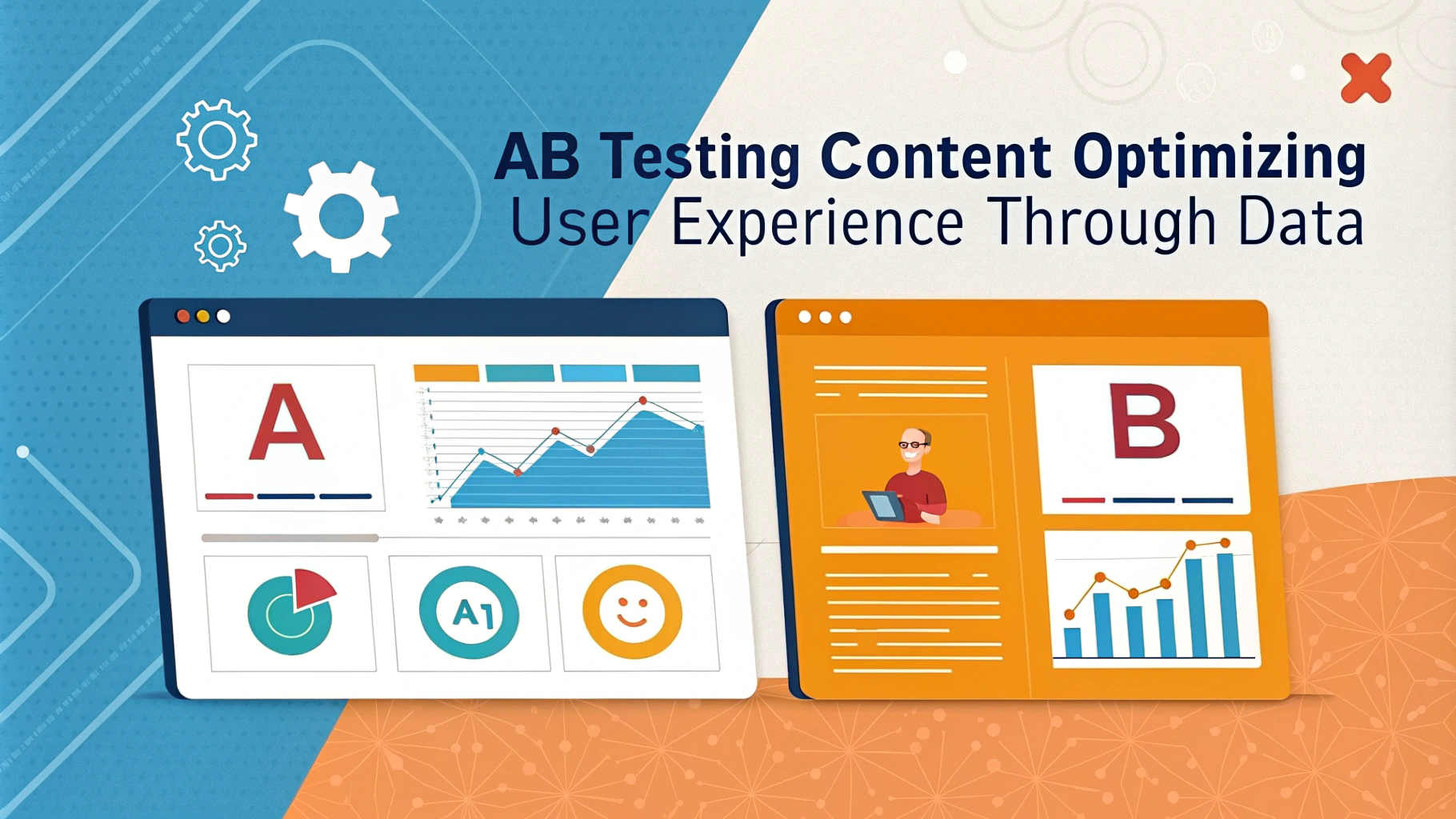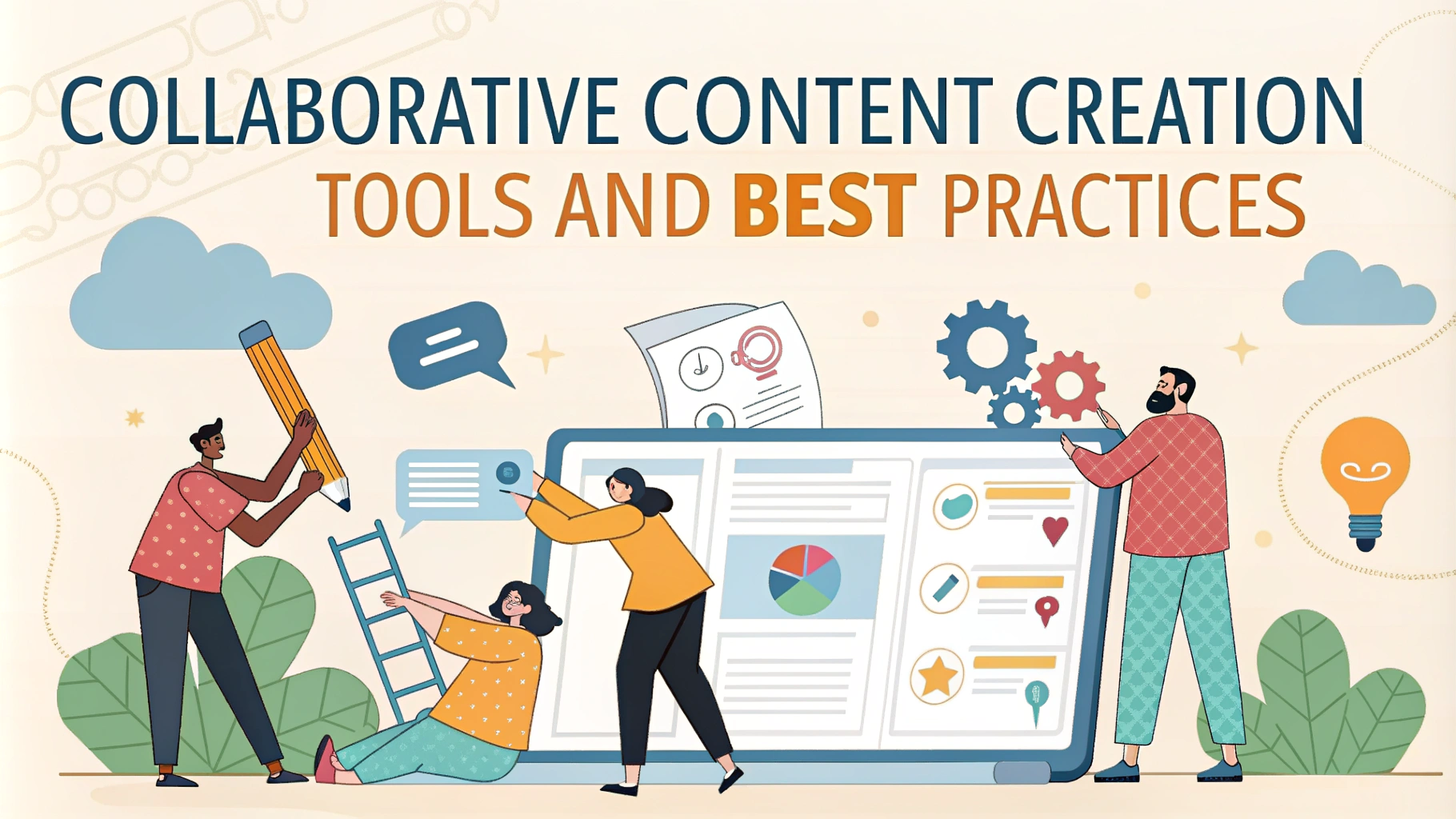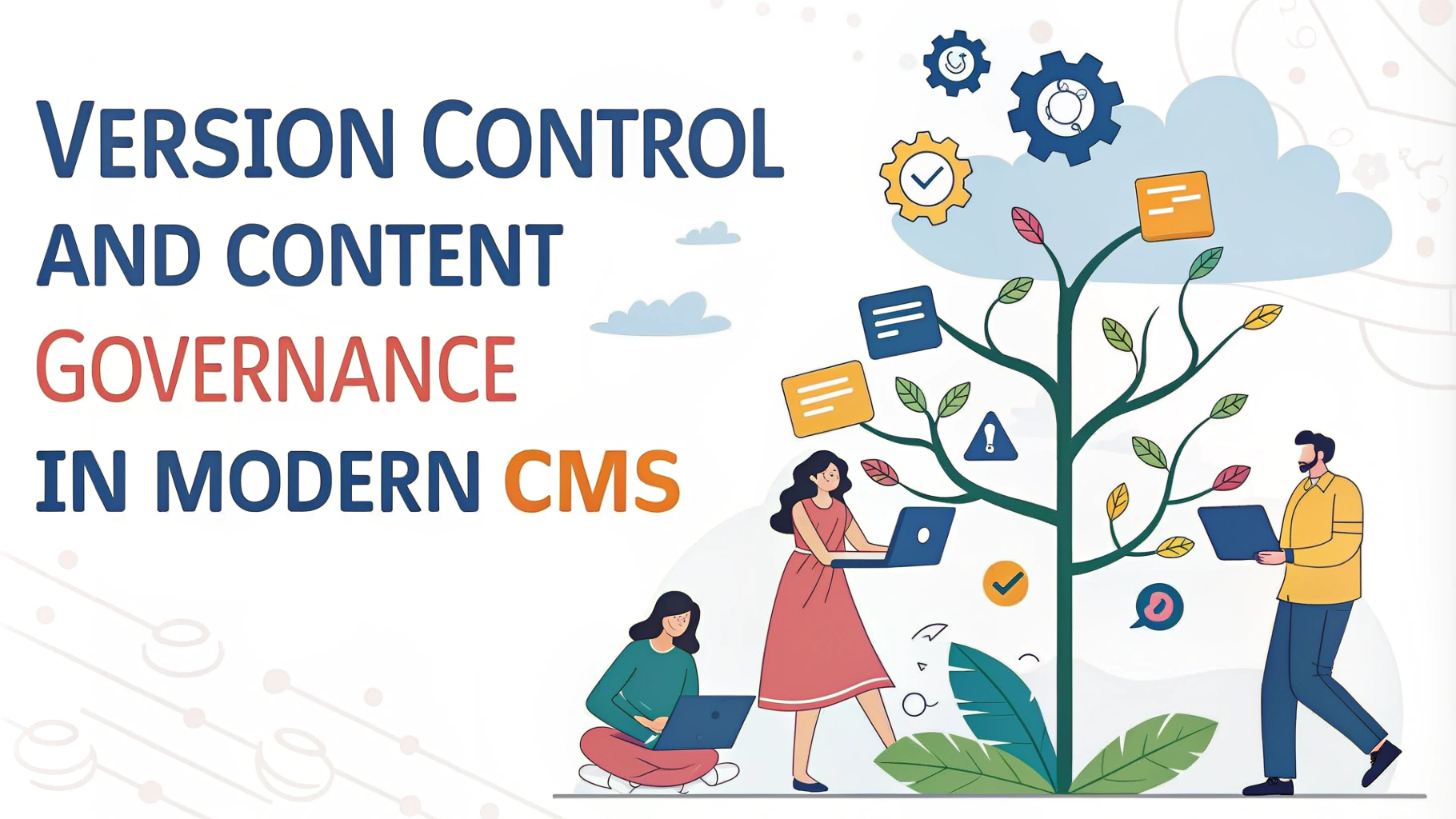Dynamic content personalization transforms the user experience. By delivering tailored content based on individual preferences and behavior, businesses can significantly boost engagement and conversion rates. This article explores effective strategies for implementing personalization to enhance your customer journey.
Understanding Dynamic Content Personalization
Dynamic content personalization adapts website content to match user preferences and behavior. It uses data-driven insights to deliver relevant information, products, or services to each visitor.
- Real-time adjustments: Content changes based on user interactions
- Improved relevance: Tailored experiences increase user satisfaction
- Higher conversion rates: Personalized content drives more conversions
Collecting and Analyzing User Data
Effective personalization relies on accurate user data. Implement tools and strategies to gather valuable insights about your audience.
- Website analytics: Track user behavior and preferences
- Customer surveys: Collect direct feedback from users
- CRM integration: Leverage existing customer data
Use this data to create detailed user profiles and segments for targeted content delivery.
Implementing Personalization Strategies
Once you have user data, apply it to create personalized experiences across your website or app.
1. Personalized Product Recommendations
Use algorithms to suggest products based on browsing history, purchase behavior, and similar user preferences.
2. Dynamic Landing Pages
Create landing pages that adapt to user demographics, location, or referral source.
3. Personalized Email Campaigns
Segment your email list and send targeted content based on user interests and behavior.
4. Customized Content Blocks
Display different content blocks on your website based on user segments or individual preferences.
Measuring Success and Optimizing Performance
Track key metrics to assess the effectiveness of your personalization efforts and identify areas for improvement.
- Engagement rates: Monitor time on site, pages per session, and bounce rates
- Conversion rates: Track how personalization impacts sales or sign-ups
- Customer satisfaction: Use surveys to gauge user experience improvements
Continuously test and refine your personalization strategies to maximize results.
Maximizing Impact with Targeted Content Delivery
Content personalization boosts user engagement and drives conversions. This guide explores strategies to tailor your content effectively, helping you create more meaningful connections with your audience.
Leveraging AI and Machine Learning
AI-powered tools can analyze user behavior patterns and preferences at scale. This enables more accurate and dynamic content personalization.
- Predictive analytics: Anticipate user needs and interests
- Natural language processing: Understand user intent from search queries
- Automated A/B testing: Continuously optimize content variations
Implement AI-driven personalization to stay ahead of user expectations and deliver highly relevant experiences.
Personalizing Across Multiple Channels
Create a cohesive personalized experience across all touchpoints. This approach ensures consistency and reinforces your brand message.
Website
- Customize homepage content based on user segments
- Tailor product recommendations throughout the browsing experience
Mobile Apps
- Send personalized push notifications based on user behavior
- Adapt app interfaces to match individual preferences
- Use dynamic content blocks to personalize email content
- Adjust send times based on individual engagement patterns
Social Media
- Create targeted ad campaigns for specific user segments
- Customize social media content based on audience interactions
A multi-channel approach ensures a seamless personalized experience, regardless of how users interact with your brand.
Balancing Personalization and Privacy
While personalization can enhance user experience, it’s essential to respect user privacy and data protection regulations.
- Transparent data collection: Clearly communicate how user data is collected and used
- Opt-in mechanisms: Allow users to choose their level of personalization
- Data security: Implement robust measures to protect user information
- Compliance: Adhere to regulations like GDPR and CCPA
Building trust through responsible data practices can lead to increased user engagement and loyalty.
Overcoming Common Personalization Challenges
Address these common hurdles to improve your personalization strategy:
- Data silos: Integrate data sources for a unified view of customer behavior
- Content scalability: Use modular content and dynamic assembly to create personalized experiences efficiently
- Over-personalization: Strike a balance between relevance and variety to avoid a “filter bubble” effect
- Technical limitations: Invest in flexible content management systems and personalization tools
Overcoming these challenges will help you create more effective and sustainable personalization strategies.
Future Trends in Content Personalization
Stay ahead of the curve by exploring these emerging personalization technologies:
- Voice-based personalization: Tailor content for voice assistants and smart speakers
- Augmented reality (AR) experiences: Create personalized AR overlays for products or services
- Emotion AI: Adapt content based on user emotional states detected through facial recognition or voice analysis
- Cross-device personalization: Deliver seamless experiences across multiple devices and platforms
Experimenting with these technologies can give you a competitive edge in content personalization.
Conclusion: Crafting Meaningful Personalized Experiences
Effective content personalization requires a strategic approach, balancing user data insights with respect for privacy. By implementing AI-driven tools, creating multi-channel experiences, and addressing common challenges, you can deliver tailored content that resonates with your audience.
Remember to stay adaptable and keep an eye on emerging trends to ensure your personalization efforts remain effective in the ever-evolving digital landscape.













